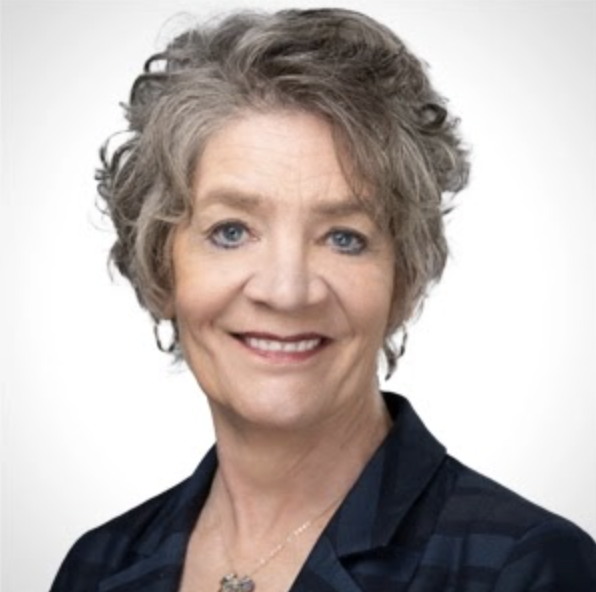
Health Management Associates
Linda Vail is the former health officer in Ingham and Kalamazoo countiesBy ALEX WALTERS
Capital News Service
LANSING — Steve Hall used to call public health “the invisible profession.”
“Previously, when we did our jobs well, people didn’t know about us,” said Hall, who for 10 years has been the health officer for the Central Michigan District Health Department.
Now, the COVID-19 pandemic has put the field “right in the limelight,” Hall said, bringing new challenges and some benefits to the network of local departments that promote good health across the state.
The political divisions over COVID policies often “split” communities, leaving public health officials in the middle, said Norm Hess, the executive director of the Michigan Association for Local Public Health.
“A lot of communities were sort of divided down the middle, so as a health officer it felt like you couldn’t do anything right,” he said. “Whatever they did, it seemed like half the community hated them and half loved them for it.”
Those divisions have led to lingering distrust in public health officials, Hess said.
“We have work ahead of us in rebuilding the image of public health and the respect that the field had before,” he said.
Hall said his department has been able to maintain the trust of most area residents by emphasizing that the staff is a “real part of the community.” It covers Arenac, Clare, Gladwin, Isabella, Osceola and Roscommon counties.
He said he suspects state and federal agencies will have a harder time rebuilding those relationships.
“The number-one thing is that our employees are part of this community, they work here, live here, have kids in school here,” Hall said. “When you’re around on a daily basis, people are more likely to trust what you’re saying than when you’re some federal official in Washington people don’t know.”
That message has been embraced across the state, with public health departments in the Upper Peninsula and Northern Lower Peninsula funding television and social media ad campaigns that portray their staff as everyday members of the community.
“We live here. We work here. We care about you, your family and the communities we serve,” reads the slogan of one ad created by a collective of UP agencies.
Linda Vail, the longtime director of public health in Ingham and Kalamazoo counties, said community appeal alone won’t mend the divisions between certain people and their public health officials. She resigned from the Ingham County position in 2023.
“Look at the climate right now with culture and politics and tell me how many Qanon people are going to go, ‘Oh this public health stuff is great,’” Vail said. Qanon is a far-right conspiracy theory group.
She now works for Health Management Associates, a national public health consulting firm.
Messaging like the UP ads is a good start, she said, but real change will take time, especially as officials are burdened by threats to their funding and jobs from some elected officials.
Vail pointed to an ongoing battle in Ottawa County as an example of what health officials may face. There, an ultra-conservative county commission, upset by emergency health orders during the pandemic, demoted the county’s top public health official in alleged violation of state law.
In more everyday situations, Vail said public health officials working under conservative county boards regularly struggle with getting approval of state and federal grants.
Funding for sexual health services and programs for LGBTQ+ and undocumented residents is becoming harder to get approved, as conservative county leaders express more criticism of public health agencies, Vail said.
“These things that are controversial right now are things that public health departments have been doing for years,” she said. “But, now there’s a lot more scrutiny and all this difficulty we have to maneuver around.”
On the other hand, Hall said that increased visibility has eased some funding challenges as officials without political objections to public health departments have become more likely to pay attention to the profession.
Before, it was hard to get lawmakers to notice some public health causes as they drew up new budgets, Hall said.
But after the COVID-19 pandemic, he said he sees a “newfound openness from decision makers about funding public health programs” like restaurant inspections and septic tank maintenance, Hall said.
“When we were invisible, it was harder to get any attention to secure funding,” Hall said. “That’s a bit different now, doors are opening to talk about more funding for public health projects.”